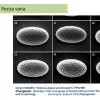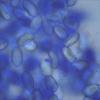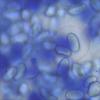
09-12-2025 12:06
 Andgelo Mombert
Andgelo Mombert
Bonjour,Je recherche l'article concernant Hypobryo

07-12-2025 16:07
Arnold BüschlenHallo, ich habe in einer Moos-Aufsammlung (epiphy

08-12-2025 21:04
Mark Stevens"Hello everyone,I'm relatively new to microscopy (

08-12-2025 18:59
 Lothar Krieglsteiner
Lothar Krieglsteiner
.. found by a seminar-participant, I do not know t

08-12-2025 17:37
 Lothar Krieglsteiner
Lothar Krieglsteiner
20.6.25, on branch of Abies infected and thickened

16-03-2014 22:00
Hello,I found this species a few months ago but ha

08-12-2025 13:39
Thomas Læssøehttps://svampe.databasen.org/observations/10572899
 Good evening everyone,
Good evening everyone,on 16-01-2025 I found this Peziza growing in a swamp in Waardamme, Belgium on a decaying Populus sp.
Some apothesia were very large, up to 11.5cm in diameter.
The paraphyses are simple without inflated elements.
Spores: smooth;
(14.1) 14.5 - 17.3 (17.4) × (8.6) 9.1 - 10.5 (11.1) µm
Q = (1.4) 1.5 - 1.8 (1.9) ; N=25
Me = 15.8 × 9.8 µm ; Qe = 1.6
Based on the paraphyses I think micropus.
Correct?
Il y a quelques temps j'ai recherché des informations sur ces Pezizes
J'étais tombé sur cet article que j'ai archivé
Je le partage, je ne sais pas si tout le monde sera d'accord.
Comme il fait références à des analyses moléculaires, pour moi il tranche la question.
Yanick
cheers
Thomas

Le groupe autour de P. varia peut donc, je pense, être qualifié comme hétérogène.
Je ferai bientôt une nouvelle tentative pour visualiser l'eventuelle ornamentation des spores, comme le suggère Thomas.

I will try to visualize the ornamentation in cotton bleu again later.

Une série de photos au microscope à balayage electronique montre en effet le caractère finnement verruqueux des spores. (doc joint)
Mais d'expérience personnelle, même avec une bonne optique, cette ornementation n'est pas perceptible à chaque fois, même sur sporée et même dans le bleu coton.
AmitiésMichel

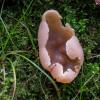
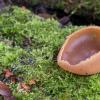
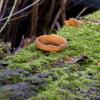
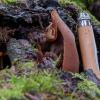
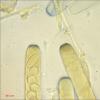
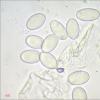

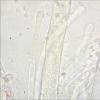
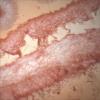
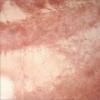
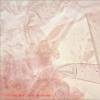
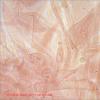
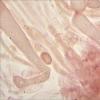
 Peziza-varia-0001.pdf
Peziza-varia-0001.pdf